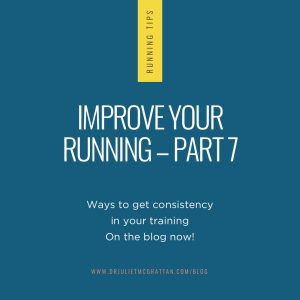I blogged a few weeks ago about how, after years of trying and failing, I have finally found a way to add strength work to my fitness routine. By making strength work fun and convenient I’ve managed to keep it up regularly for three months now and am definitely feeling the benefit. But is it really necessary to specifically work and build muscles? Isn’t aerobic or cardio work enough to keep you fit and healthy? Surely my regular running is enough to give me all the health benefits I need?
I’ve just read a really interesting research paper which answers this question perfectly. It was published in the BMJ and you can read the full article here.
This was a big study looking at almost half a million people and following them up for around eight and a half years. It was done in America and looked at whether people were meeting the recommended guidelines for physical activity. Specifically whether they were doing 150 minutes of moderate intensity activity every week (or 75 minutes of vigorous activity, or a combination of both) and whether they were doing muscle strengthening activities on two or more days a week. These recommendations are the same as the UK Chief Medical Officers’ guidelines for physical activity for good health.
What they discovered was:
- If you just meet the aerobic guidelines you can reduce your risk of dying from any cause by 29 per cent.
- If you just meet the muscle strengthening guidelines you can reduce your risk of dying from any cause by 11 per cent.
- If you meet both the aerobic and muscle strengthening guidelines you can reduce your risk of dying by 40 per cent.
Adding in those two muscle work outs a week makes a big difference!
They also looked at eight specific causes of death (cardiovascular disease, cancer, lower respiratory tract disease, accidents and injuries, Alzheimer’s disease, diabetes mellitus, influenza and pneumonia and nephritis, nephrotic syndrome or nephrosis). They found:
- If you just meet the aerobic guidelines then you can reduce your risk of dying from all the specific causes.
- If you just meet the muscle strengthening guidelines you can reduce your risk of dying from three of the specific causes – cardiovascular disease, cancer and lower respiratory tract disease.
The authors do say that the muscle strengthening guidelines, and therefore the questions participants were asked, are not very specific. They don’t quantify which muscles were worked, how intensively or how long for. This may affect the result.
It’s interesting to look at the intensity of the aerobic exercise too. They included light to moderate intensity exercise and not just moderate. We’re beginning to understand how even light exercise can bring huge health benefits. This is great because it’s accessible and possible for everyone, including those with long term medical conditions. It adds to the statements that ‘every little helps’ and ‘doing something is better than doing nothing’.
There was also a slightly increased benefit from those that were doing vigorous activity over those that were doing moderate. Greater intensity seems to give greater benefit. That’s good news for us runners. More minutes exercise over all could provide greater benefit too- there’s more work being done here.
So, my summary of this is that if you only do one form of exercise then you’ll get the greatest health benefits from meeting the 150 minutes of moderate intensity exercise per week guideline. But if you want to add an extra 11 per cent reduction to your risk of dying then add in two muscle strengthening exercise sessions each week too. If met, the current physical activity guidelines will improve your survival.
Ultimately any form of exercise is good and finding one you enjoy is very important. You’ll never keep it up if you don’t get pleasure from it. Obviously, its not just about living but about living well. Exercise certainly helps me to enjoy life more. Research studies always have their limitation but this one has definitely given me a boost in motivation to keep up with my Fiit classes. See you on the mat!
Featured image: Stephen Buissinne from Pixabay







